
Is nuclear power a renewable energy?
Renewable energies are rightly considered an asset in the fight against climate change, as they only emit low levels of greenhouse gases. However, nuclear energy is also a low-carbon energy, as it emits 4 times less CO2 than solar power, 2 times less than hydroelectricity, and the same amount as wind power. So could nuclear power also be considered a renewable energy? It's a question worth asking.
What is a renewable energy?
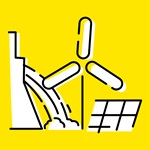
In France, renewable energy accounted for 27% of electricity consumption in 2020 (source: RTE). Although this figure is a record high, it remains low. On February 10, 2022, President Macron announced that he intended to double the production of electricity from renewable sources by 2030 and "increase it still further by 2050". The France 2030 plan will see 1 billion euros dedicated to innovation in renewable energy.
Five types of renewable energy
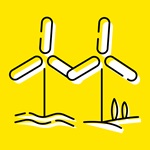
Wind energy: windmills, onshore and offshore wind farms
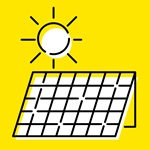
Solar energy: photovoltaic, thermal or thermodynamic plants

Hydroelectricity: dams, tidal energy, marine current turbines, etc.
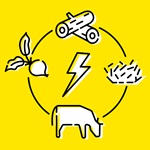
Biomass energy: combustion, gasification, pyrolysis, methanization

Geothermal energy: extraction of energy from the ground
Is nuclear power renewable?
A stock energy
 Nuclear energy is produced from uranium, which is a naturally radioactive ore. This abundant resource is found on all the continents, notably in the Americas (Canada, Brazil and the United States), Europe (Ukraine and Russia), Asia (Kazakhstan, Uzbekistan, China and Mongolia), Oceania (Australia) and Africa (Niger, Namibia and South Africa).
Nuclear energy is produced from uranium, which is a naturally radioactive ore. This abundant resource is found on all the continents, notably in the Americas (Canada, Brazil and the United States), Europe (Ukraine and Russia), Asia (Kazakhstan, Uzbekistan, China and Mongolia), Oceania (Australia) and Africa (Niger, Namibia and South Africa).Although uranium is present in abundance on the planet, it is not inexhaustible. It is not reconstituted in the mines. This is why we talk about stock energy, as once this stock is exhausted, no more energy is available.
However, uranium can be recycled and could therefore be included in a "recyclable energy" category if such a category existed (see below).
A low-carbon fissile energy
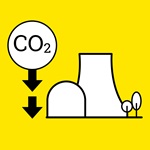 Unlike fossil fuels (gas, coal and oil), which are sources of CO2, nuclear power is a low-carbon energy. It is considered a fissile energy, i.e. one that results from the fission of atoms within the nuclear reactor, which produces a powerful chain reaction that can be used to supply the power grid continuously.
Unlike fossil fuels (gas, coal and oil), which are sources of CO2, nuclear power is a low-carbon energy. It is considered a fissile energy, i.e. one that results from the fission of atoms within the nuclear reactor, which produces a powerful chain reaction that can be used to supply the power grid continuously.
A recyclable energy
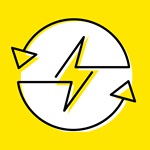 Although nuclear power is not a renewable energy, it is still recyclable. Thanks to Orano’s technologies, unique in the world on an industrial scale, 96% of spent nuclear fuel in reactors is recyclable. MOX, an assembly produced from recycled spent fuel, has already been used to supply 44 reactors around the world. In France, one in 10 light bulbs works thanks to recycled nuclear fuel.
Although nuclear power is not a renewable energy, it is still recyclable. Thanks to Orano’s technologies, unique in the world on an industrial scale, 96% of spent nuclear fuel in reactors is recyclable. MOX, an assembly produced from recycled spent fuel, has already been used to supply 44 reactors around the world. In France, one in 10 light bulbs works thanks to recycled nuclear fuel.
Nuclear + renewable energy = the ideal mix?
The production of low-carbon energy is a strategic priority to face up to the climate emergency. Electricity production is currently the main source of CO2 worldwide, due to the use of fossil fuels (coal and gas), and global energy needs are going to double by 2050. Although renewable energy has numerous advantages, it cannot be the sole response to the existing and future energy needs of 8 billion humans on earth.
Renewable sources of energy can only be an asset for the climate if they supplement a powerful, low-carbon and demand-responsive source of energy such as nuclear power. Opposing nuclear and renewable energies seems pointless; combining them in fact looks to be the most sensible way forward for the future.